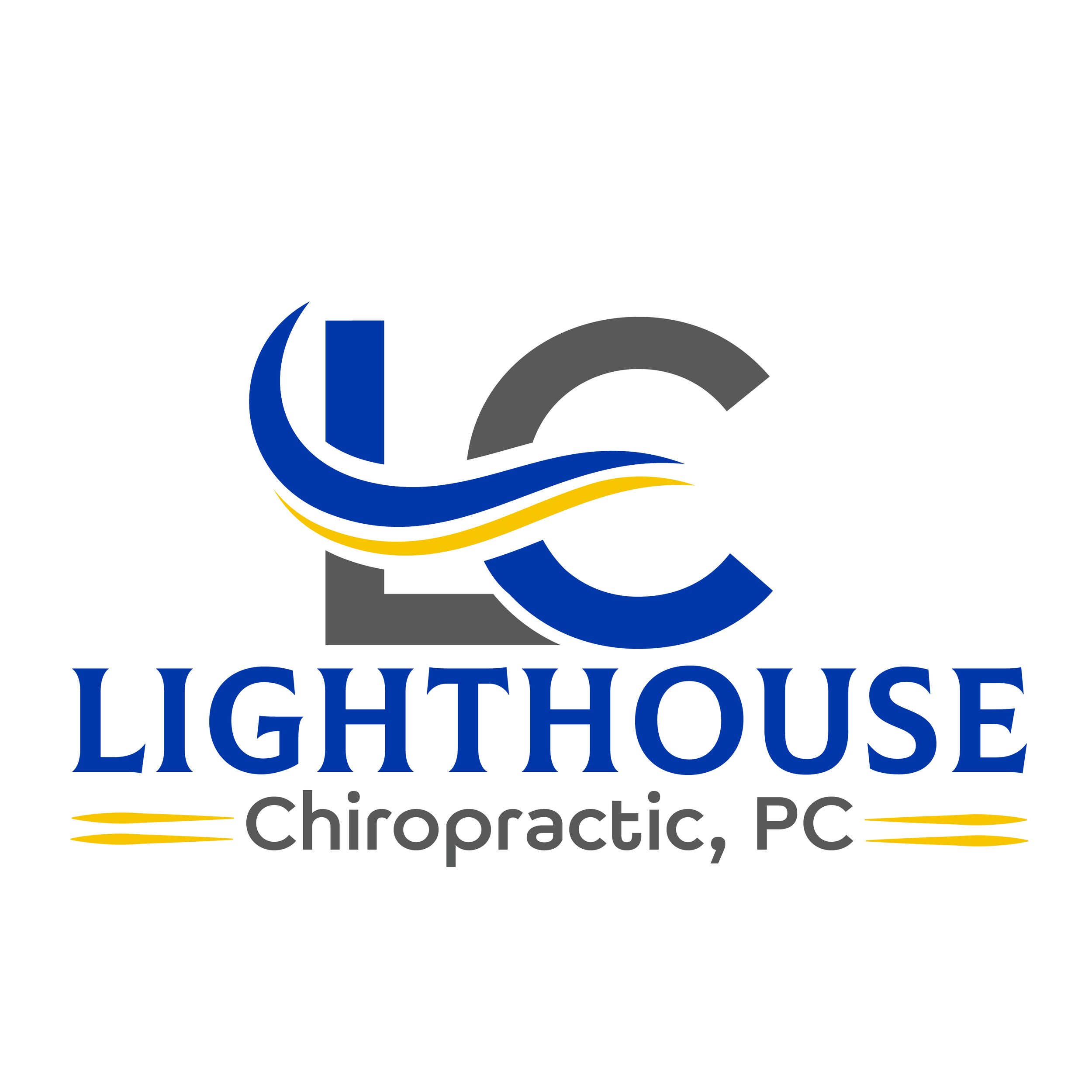Sciatic Pain Treatment in Escanaba, Mi
Sciatica is pain along the path of the Sciatic Nerve which extends from the lower back ( Lumbar Spine) down each leg. Sciatica is a symptom, (like Itching), It is not a diagnosis (like Parkinson's Disease). Sciatica can range from an occasional nuisance to an excruciating pain that makes walking near impossible. There can be multiple underlying reasons for your sciatic nerve pain. A chiropractor can help find the root cause of the problem with an exam and may also order some diagnostic imaging such as an X-ray to examine the underlying structures.
ANN WAS EXPERIENCING SCIATIC NERVE PAIN ALMOST DAILY. THEN SHE MADE A PHONE CALL AND NOW SHE HAS RELIEF!
Sciatica occurs when there is compression or irritation of the Sciatic Nerve. The pain is felt in the low back and the leg, but the site of the pain isn't always the site of the underlying issue. Since the Sciatic Nerve is so long and travels around or through the large muscles in the buttocks, it takes an expert to determine if the pain is coming from disc compression, from muscle spasms or from something else. Again, Sciatica is a symptom, not a diagnosis.
While Sciatica is most often associated with pain, other symptoms may be present such as tingling, numbness or even muscle weakness. The pain can be nearly constant or intermittent. If you think you are experiencing Sciatic Nerve Pain, keep a record of the location, duration and pain intensity. Your specific history plays an important role in determining the cause of the pain.
Doctors of Chiropractic use a variety of non-invasive approaches that include spinal adjusting, targeted stretches and active muscle release. They'll also discuss the role that nutrition and hydration play in reducing tissue inflammation and keeping discs healthy. The spine, discs, muscles and soft tissue all have a role to play in Sciatica and should be evaluated and treated as a connected system.
The most important thing to take away from this article is that Sciatica is a symptom of an underlying condition. You'll only start to get better once the underlying condition is identified and this is done through a combination of an exam, history and recommended diagnostic imaging.

